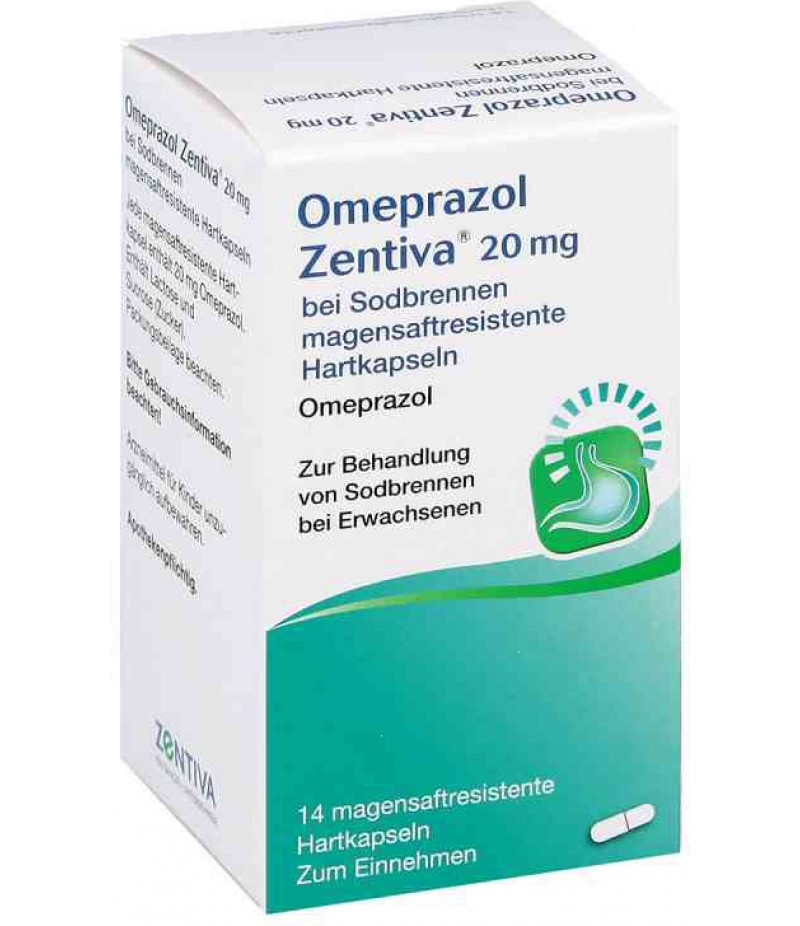Rabeprazole-sz tabs 20mg #14
- $10.57
- 3 or more $10.30
- Availability:In Stock
Rabeprazole user manualReed more and buy Rabeprazole on this pageCompositionThe chemical composition of a single enteric capsule of Rabeprazole contains 10 mg of the active drug drug rabeprazole sodium.Form of issueIntestinal solu..
Tags: tabs
Rabeprazole user manual
Reed more and buy Rabeprazole on this page
Composition
The chemical composition of a single enteric capsule of Rabeprazole contains 10 mg of the active drug drug rabeprazole sodium.
Form of issue
Intestinal soluble capsules (10 mg.), The amount of which in one package can vary from 5 to 60 pieces.
pharmachologic effect
This drug belongs to the group of antiulcer drugs, the so-called inhibitors of H + -K + -ATPase.
Pharmacodynamics and pharmacokinetics
This drug has an effect on the enzyme H + -K + -ATP-ase, which is produced in parietal cells of the stomach, acting as a proton pump inhibitor. As a result, the active drug compound blocks the formation of hydrochloric acid at the final stage, and also reduces the stimulation of secretion irrespective of the type of stimulus.
After taking the drug at a dosage of 20 mg. full absorption is about 3.5 hours. It is noteworthy that the bioavailability of the active drug compound, as well as the absorbing properties of the drug itself, do not depend on the time of its administration.
Indications for use
The drug is used in the treatment of:
ulcers of the duodenum, including at the stage of exacerbation of the disease;
pathological hypersecretion;
gastroesophageal reflux disease;
stomach ulcers;
the Zollinger-Ellison syndrome;
gastritis (eradication of Helicobacter pylori), including chronic ones (together with antibacterial drugs);
relapses of peptic ulcers caused by Helicobacter pylori.
Contraindications
Absolute contraindications of the drug are pregnancy, as well as lactation, hypersensitivity to the components of the drug, as a rule, to rabeprazole or substituted benzimidazole.
Side effects
When using the drug from the gastrointestinal tract, respiratory and nervous system, as well as the musculoskeletal system, the following side effects may occur:
diarrhea, decreased appetite, stomatitis, vomiting and nausea, constipation, dryness of the oral mucosa, increased activity of hepatic transaminases, flatulence;
dizziness, asthenia, drowsiness, visual impairment and taste receptors, headache,
leukopenia, as well as thrombocytopenia;
convulsions, myalgia, arthralgia;
sinusitis, pharyngitis, cough and rhinitis;
back pain;
fever;
an allergic reaction in the form of a rash.
Instructions for use Rabeprazole (Method and dosage)
Capsules containing a drug substance are taken orally. The mode of taking the drug, like its dosage, depends primarily on the type and severity of the disease, as well as on the condition of the patients. The recommended initial dosage of the drug is 10-20 mg.
Overdose
At present, there has been no scientifically confirmed data on the consequences of drug overdose.
Interaction
Active drug drug rabeprazole, contained in the chemical composition of the drug does not interact with antacids. However, the substance is able to influence the concentration in the blood plasma of ketoconazole, as well as digoxin.
Use of the drug can be combined with Diazepam, Warfarin, Teofillin, and, in addition, Phenytoin. In case of medical necessity, the drug can be taken simultaneously with such a proton pump inhibitor drug as Pantoprazole.
Terms of sale
To buy Rabeprazole online you don't need a prescription.
Storage conditions
The drug should be stored out of the reach of children.
Shelf life - 2 years.
special instructions
Before the beginning of the therapeutic treatment with rabeprazole, first of all, patients should be excluded from the presence of malignant formations in the digestive tract, since the use of the drug can mask the symptoms and complicate the timely diagnosis of cancer.
With caution, the drug should be used in the presence of violations of the liver. With simultaneous use of this drug, as well as digoxin and ketonazole, the dosage of the last two drugs should be adjusted.
If such side effects of the drug occur, such as drowsiness and fatigue, it is worth not to drive the vehicle or from performing work that requires high concentration of attention.
Differences between rabeprazole and omeprazole
Although these two drugs are similar in their chemical composition and are used in the treatment of similar diseases, according to experts in some cases, for example, in gastroesophageal reflux disease, such a drug as Rabeprazole more effectively fights against symptoms, and speeds up the process of restoring the normal functioning of the esophagus.
Children
It is not recommended for use, because there is no clinical experience of the drug during treatment of children.
During pregnancy (and lactation)
In the course of scientific research, it was proved that the active compound contained in the chemical composition of the drug, although in small amounts, but still crosses the placental barrier in the womb. For this reason, rabeprazole is not taken during pregnancy, but, in addition, during the period of breastfeeding.
Reviews about Rabeprazole
In positive responses about rabeprazole, patients most often note the budget value of the drug, and the negative side is the presence of many side effects.



